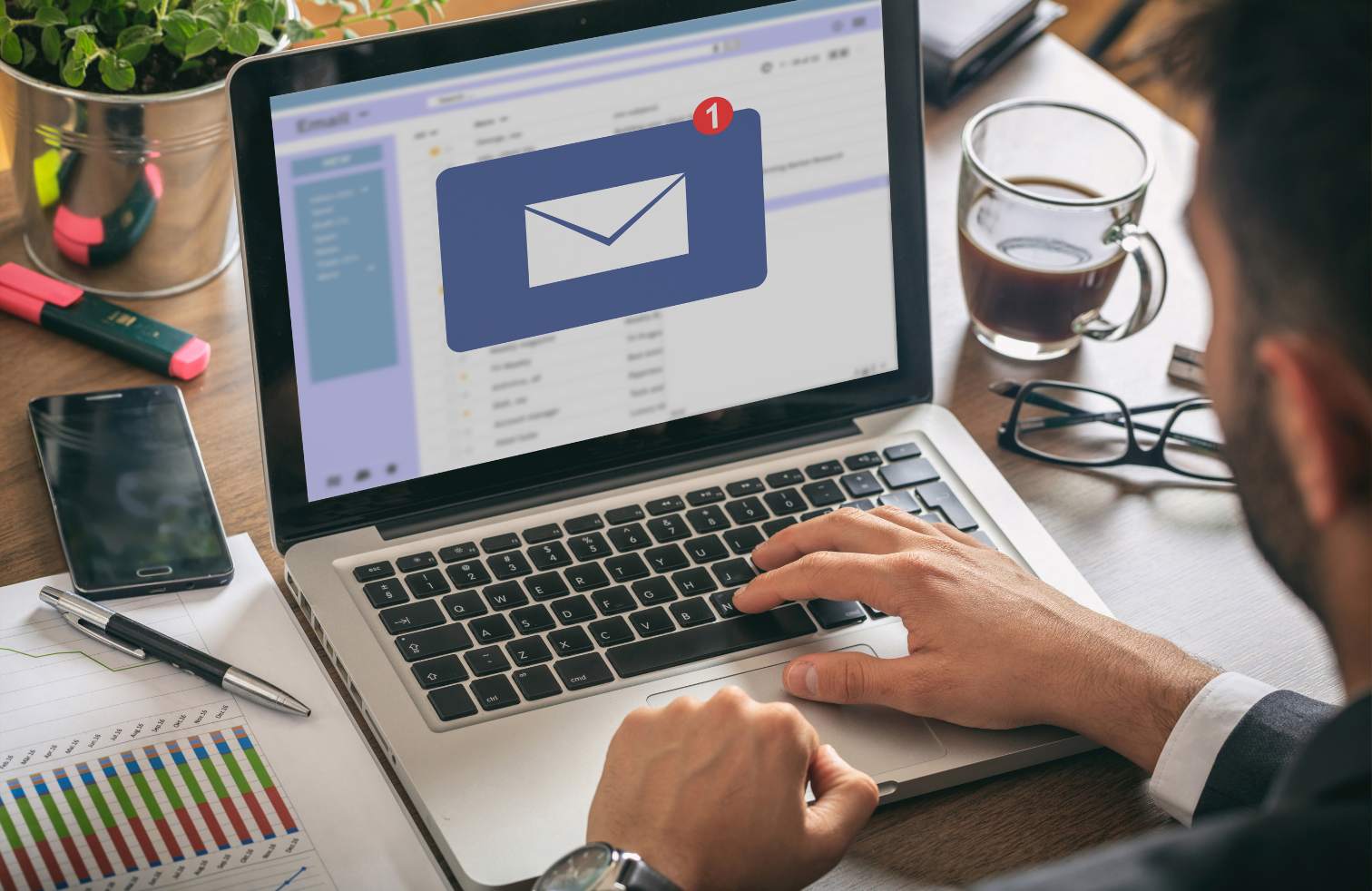Introduction: Your Email Is Only as Good as Its Subject Line
You’ve spent hours crafting the perfect email:
- A valuable offer.
- A strong call to action.
- A beautifully designed layout.
But if no one opens it, none of that effort matters.
In 2025, with inboxes more crowded than ever, your subject line is the single most important factor in determining whether your email is opened or ignored. This guide will show you why subject lines matter, which styles still work, what to avoid, and 10 proven examples you can start using today.
Why Subject Lines Still Matter in 2025
Even with AI-driven personalisation, humans still scan inboxes manually—especially on mobile devices. If your subject line doesn’t stop the scroll, your email is lost.
A good subject line should:
- Grab attention.
- Spark curiosity or relevance.
- Set clear expectations.
- Avoid spammy wording.
10 Subject Line Styles That Still Work (With Examples)
1. Curiosity-Based
Make readers pause and think.
Examples:
- “The mistake 90% of business owners are still making.”
- “Not your usual marketing checklist.”
- “Before you hire another freelancer…”
2. Question Format
Engage by starting a conversation.
Examples:
- “Are your ads costing more than they should?”
- “Ready to grow your brand in Nigeria?”
- “What’s your 2025 SEO strategy?”
3. Urgency and Scarcity
Encourage quick action—but use sparingly.
Examples:
- “Only 48 hours left: Get your free audit.”
- “Last chance to register (closes tonight).”
- “We’re almost at full capacity…”
4. Numbers and Lists
Numbers provide structure and clarity.
Examples:
- “5 email marketing mistakes we see every week.”
- “7 ways to increase your sales without spending more.”
- “3 tweaks that boosted our client’s conversions by 212%.”
5. Benefit-Focused
Show what the reader gains.
Examples:
- “Get more leads—without running more ads.”
- “Save 5 hours a week with this free template.”
- “The automation trick your competitors don’t know.”
6. Personalised (Beyond Just a Name)
Make it feel relevant to them.
Examples:
- “This strategy works for Lagos-based businesses.”
- “Your digital footprint needs this in 2025.”
- “For service providers who want better clients.”
7. Short and Direct
Sometimes simple is best.
Examples:
- “Let’s fix your website.”
- “Quick win for your next launch.”
- “A better way to follow up.”
8. Shock or Surprise
Work if the content backs up the bold claim.
Examples:
- “Why we stopped using Instagram (for a month).”
- “We deleted our landing page—and sales went up.”
- “The best time to post? Not what you think.”
9. Story Preview
Hint at the narrative inside.
Examples:
- “From 3 orders a week to a full waiting list in 30 days.”
- “What happened when a bakery doubled its list.”
- “She almost quit. Then we tried this.”
10. Free Stuff and Offers
Used honestly, “free” still works.
Examples:
- “Download your free SEO checklist.”
- “This mini-course is free until Friday.”
- “Free tool: Write case studies in 15 minutes.”
Mistakes to Avoid
- Overused clickbait: “You won’t believe this…”
- ALL CAPS or emoji overload.
- Vague subject lines: “Newsletter #24” or “Just checking in…”
- Overly sales-driven: “Buy now! Best price! Hurry!”
Always remember: write for people, not just algorithms.
How to A/B Test Subject Lines
Testing helps you discover what resonates.
Steps:
- Write two variations.
- Split your list or use your email tool’s A/B testing feature.
- Measure open rates and click-through rates.
- Apply what works best next time.
Variables to test:
- Length.
- Use of personalisation.
- Emojis vs no emojis.
- Casual tone vs formal tone.
Conclusion: If They Don’t Open, They’ll Never Convert
Your subject line is the gateway to your email. By choosing styles that are specific, relevant, and human, you give your campaigns a far better chance of being read—and acted upon.
Hydeas Technology helps businesses create and automate email campaigns that actually get opened. From welcome series to abandoned cart flows, we can help you write, design, and deliver emails that convert.

